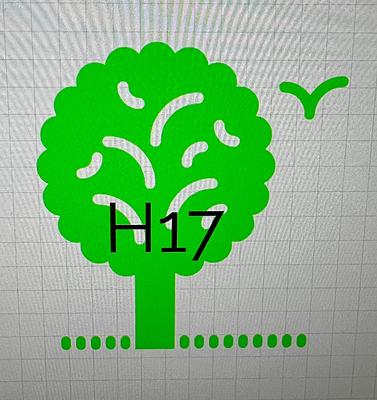Broomscot Common
Broomscot Common, in the parish of Garboldisham has been leased by LOHP from the Garboldisham Parish Charities since late 2010. The Common covers an area of 11.4 hectares, and although not directly adjacent to the Little Ouse, is linked to the river by a small stream that flows from the Common through Garboldisham Old Fen to LOHP's site at Scarfe Meadows.
It is a designated County Wildlife Site, and contains a mix of habitats ranging from wet fen at the north end of the site to very dry, sandy grassland much like that found further west in the Brecks.
The Common has not been grazed or managed in any way for a number of years resulting in loss of quality of some of the habitats, although they still support many species of conservation interest. LOHP has embarked on a major programme to restore the key habitats, establish a long term management plan and improve public access.
Conservation
The Common has a rich mosaic of habitats typical of other sites managed by LOHP. The main area is lowland dry acid grassland and lichen heath, interspersed with Gorse, heavily grazed by Rabbits and home to Linnets and Yellowhammers. With careful management, this rare habitat can be improved floristically to encourage plants like Meadow Saxifrage, Harebell and Heath Bedstraw. Contrasting with this dry habitat, at the northern end of the site there are areas of lowland meadow and fen near the stream crossed by the main public footpath onto the Common. Typical fen species found there include Ragged Robin, Blunt-flowered Rush, Fen and Marsh Bedstraw and Narrow-leaved Water Dropwort. The stream has an ephemeral pond at its eastern end and is edged by scrub with nesting Bullfinches, Turtle Doves and Garden Warblers. All these habitats have BAP (Biological Action Plan) status to denote their national vulnerability. After years with no management, the Common needs serious restoration work. Grazing will be used to restore species rich fen and grassland. To allow this, the whole area has had a stock proof fence installed with wide-access kissing gates to allow easy pedestrian access.
- Species recorded
- 9
- Visitors
- 1
What you might see
-
Common Wood Pigeon
-
Western Jackdaw
-
Rook
-
Carrion Crow
-
Eurasian Wren

